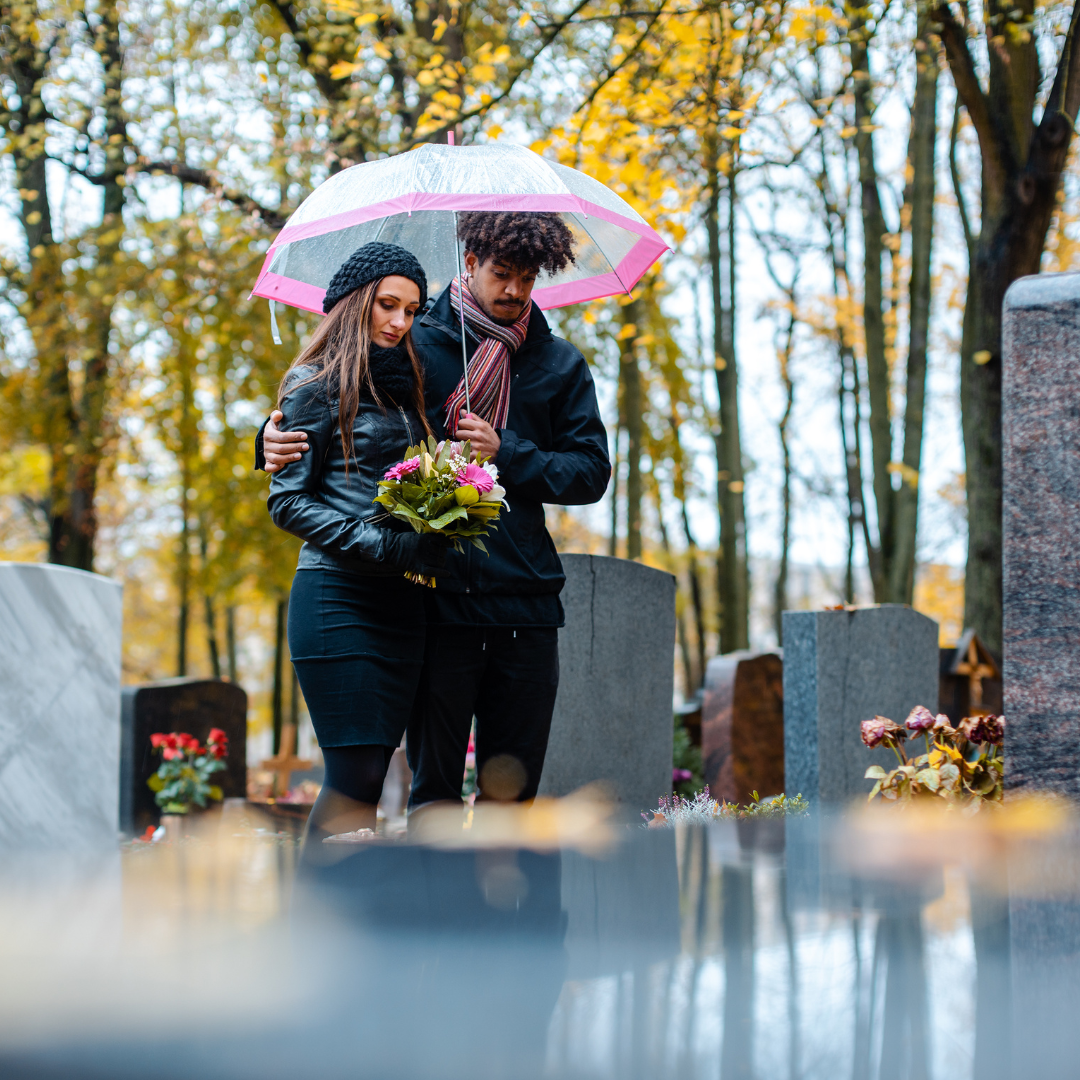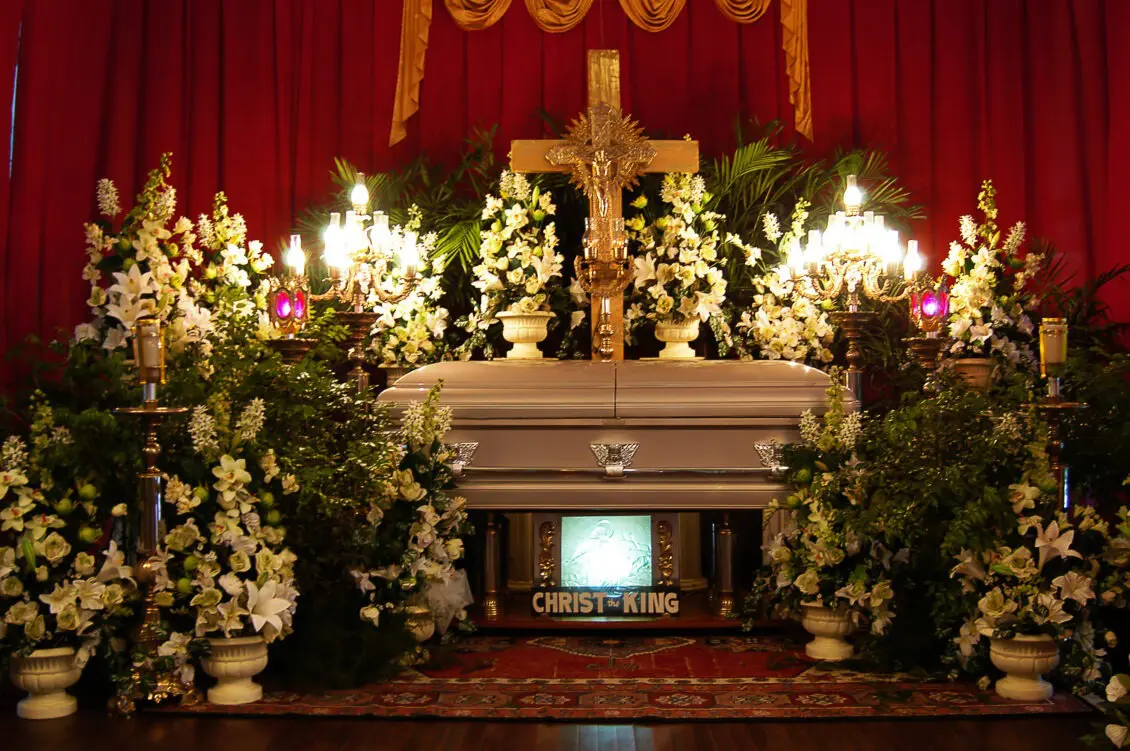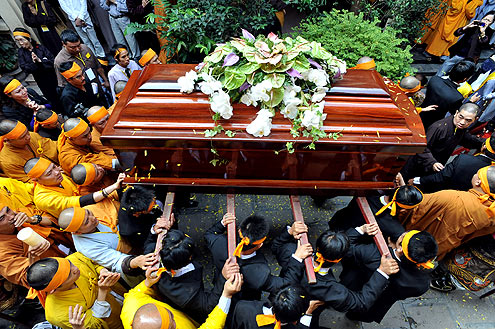When it comes to planning a burial, many people today are searching for more sustainable and meaningful options. If you’ve heard about green burials but aren’t quite sure what they entail, this guide will walk you through everything you need to know. Think of it as a conversation with a caring relative—simple, informative, and full of heart.
What Is a Green Burial?
A green burial, sometimes called a natural burial, is an eco-friendly alternative to traditional burials. Unlike conventional methods, which often involve embalming fluids, metal caskets, and concrete vaults, green burials focus on returning the body to the earth naturally.
Key Features of Green Burials:
- Biodegradable materials, such as shrouds or caskets made of wood or wicker.
- Avoidance of embalming chemicals.
- Burial sites designed to preserve natural ecosystems.
This approach isn’t just better for the environment; it’s also deeply symbolic, offering a return to the earth in its purest form.
Why Choose a Green Burial?
For many families, the decision to choose a green burial goes beyond environmental benefits. Here are a few reasons why it might resonate with you or your loved ones:
- Environmental Sustainability
Traditional burials can leave a significant environmental footprint due to the use of non-biodegradable materials and toxic chemicals. Green burials reduce these impacts, supporting conservation efforts. - Personal Connection
Green burials often feel more intimate and grounded, allowing loved ones to connect deeply with the natural cycle of life and death. - Cost Efficiency
Without the need for embalming, expensive caskets, or vaults, green burials are generally more affordable than traditional ones. - Honoring Simplicity
For those who value simplicity and authenticity, green burials represent a meaningful way to say goodbye.
What Happens in a Green Burial?
The process of a green burial is straightforward yet deeply meaningful. Here’s what you can expect:
- Preparation
The body is cared for naturally, often without embalming. If preservation is needed, refrigeration or dry ice may be used. - Coffin or Shroud
Instead of ornate caskets, biodegradable options like woven baskets, untreated wood, or simple fabric shrouds are used. - The Burial Site
Green burial cemeteries are typically serene, natural areas. Some even double as conservation sites, protecting wildlife habitats and native plants. - Grave Markers
Markers, if used, are often understated—like a flat stone or a tree planted in memory of the deceased.
Choosing a Green Burial Cemetery
Not all cemeteries offer green burial options, so it’s essential to research your local area. Look for certified green burial grounds that follow environmental best practices. Many such cemeteries prioritize conservation and even help fund reforestation projects.
Tip: Ask about the specific rules and amenities of the burial site. Some green cemeteries allow personal touches, like wildflowers or natural decorations, while others have stricter guidelines to preserve the ecosystem.
Planning a Green Burial Ceremony
A green burial ceremony can be as traditional or unique as you’d like. Many families find it comforting to blend personal touches with the simplicity of nature.
Ideas for Personalization:
- Writing or sharing heartfelt letters during the service.
- Planting a tree or scattering wildflower seeds at the burial site.
- Holding the service outdoors, surrounded by nature.
Common Myths About Green Burials
If you’re new to the idea, you might have a few questions or concerns. Let’s address some of the most common myths about green burials:
- Myth: Green burials are not legal.
- Fact: Green burials are legal in all 50 states, though cemetery rules may vary.
- Myth: They’re unhygienic.
- Fact: Green burials are safe and follow health guidelines, just like traditional burials.
- Myth: They’re only for environmentalists.
- Fact: People from all walks of life choose green burials for their simplicity and meaning.
How to Start Planning a Green Burial
If you’re considering a green burial, start by discussing your wishes with your family. Next, consult with a funeral director or cemetery that specializes in natural burials. They can guide you through the logistics and answer any questions.
Steps to Take:
- Research green burial options in your area.
- Decide on a burial site or conservation cemetery.
- Plan the ceremony and memorial details.
- Document your preferences to ensure they are honored.
Choosing a green burial is a deeply personal decision that reflects values like sustainability, simplicity, and connection to nature. Whether you’re exploring options for yourself or a loved one, this eco-friendly approach offers a meaningful way to honor life’s journey.





